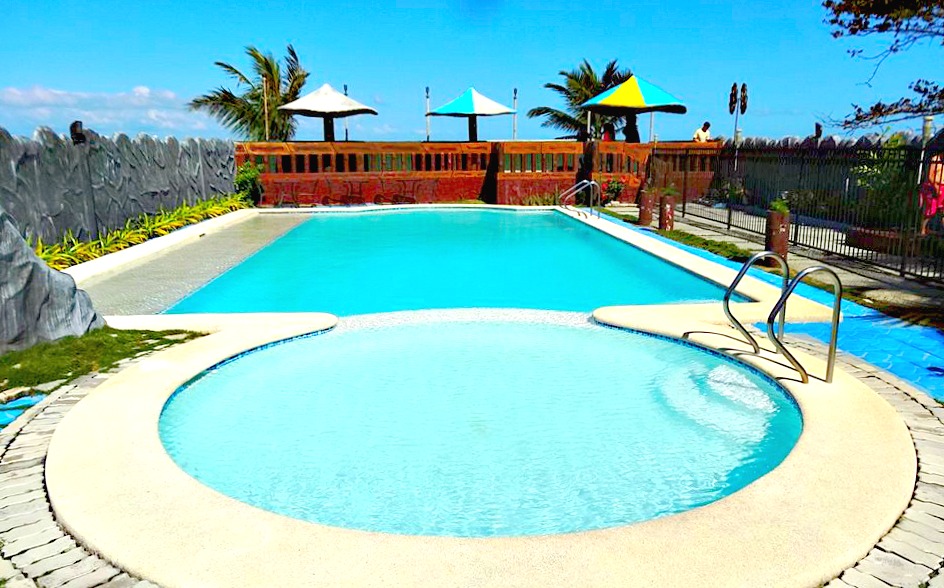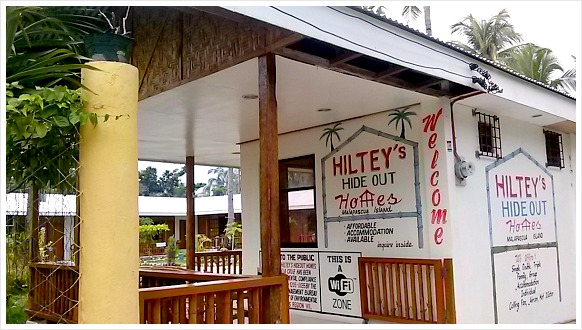Asturias Municipality, Beach Resorts
Asturias Municipality & Beach Resorts
Asturias Municipality belongs to Cebu Province in the central Philippines located in the northwestern coast of the provincial island.
It has an estimated population of over 40 thousand residents based on the 2010 census report (Wikipedia)
It is located about 71 kilometers northwest of Cebu City, the capital city of the province.
‘Naghalin’ is the old name of Asturias from a native Cebuano term “lalin” which can be transliterated as “settlers from distant places”.
However, some people insist on saying that the original name came from the term “naghaling” meaning making or starting a fire especially when cooking something.
That term could be a possible origin since it is the old name of the boundary adjacent to Asturias municipality called “Bagakawa” (now Tuburan), which means “fiery cauldron”: baga = fire, kawa = cauldron.
Historically, part of Asturias belongs to Tuburan Municipality and its town to Balamban Municipality. However, due to its increasing and insistence of its residents, they petitioned to be granted an independent and own local government.
The petition was later on granted by the king of Spain in the late 19th century, thus making the Pueblo of Asturias.
It has been said that the event was witnessed by an uncle of Dr. Jose Rizal (Philippines’ national hero) in 1888 (Wikipedia).
TOPOGRAPHY, CLIMATE, SOIL, ELECTRICITY
The municipality is generally have rolling and ridges land features, but there are flat land areas that characterize the coastal areas and some parts in the interiors of the whole area.
The weather and climate is generally fair with rainfall which is evenly distributed throughout the year.
The soil can be described as loamy, sandy, faraon clay and baguio clay type.
The source of electricity powering 22 barangays, among the 27, is CEBECO (Cebu Electric Company).
HISTORIC ARTIFACTS
There are six famous church bells of Asturias and considered among the rarest collections of old bells. The heaviest among them weighs a ton whose sound can be heard as far or more than ten kilometers away. It was said that the bells were made from the donated centavos by parishioners in the 1890s.
LIVELIHOOD & ECONOMY
Farming and fishing are the common sources of livelihood among many local residents of Asturias. The area also produces some industrial and trade products including limestone and cement products.
Asturias also offers places to locals and non-locals for leisure and relaxation activities, such as: San Roque Hot Springs, Tubigmanok, Church Belfry, Buswang Lake in Bago, among other sites.
ADMINISTRATIVE SUBDIVISIONS
The municipality has been divided into 27 barangay…
Agbanga, Agtugop, Bago, Bairan, Banban, Baye, Bog-o, Kaluangan, Lanao, Langub, Looc Norte, Looc Sur, Lunas, Magcalape, Manguiao, New Bago, Owak, Poblacion, Saksak, San Isidro, San Roque, Santa Lucia, Santa Rita, Tag-amakan, Tagbubonga, Tubigagmanok, Tubod, Ubogon
TRAVEL DESTINATION & RESORTS
Asturias Municipality with its 27 barangays offers travel and destination places for vacation and tropical adventures. Among the places which are frequently visited and developed by local (and some foreign proprietors) are the resorts in the mountains, hotels, and mostly beach facilities.
NICE BEACHES & RESORTS ON ASTURIAS
Malabago Beach Resort
Owak Asturias Beach Resort
Cabo San Miguel Resort
Lukay Lukay Beach Resort
See more at: https://www.travelingcebu.com/white-cebu-beaches.html
Thank you so much for visiting this page and reading through all the way.
Hope this finds you helpful in your search for travel or destination.
- Home
- Asturias Municipality
Book Your Activity Here...
Please Like, Share...
Leave Messages...
|
|
Book & confirm your hotel room quickly and safely with Agoda Company. Agoda uses a state-of-the-art technology when processing your transaction online. Traveling Cebu is Agoda's official partner for eight years now. Find now your hotel here or below.







